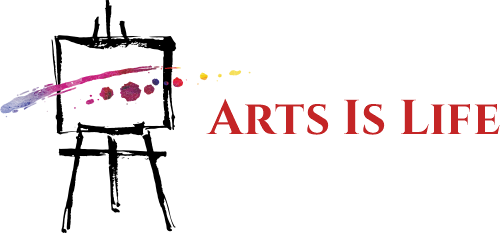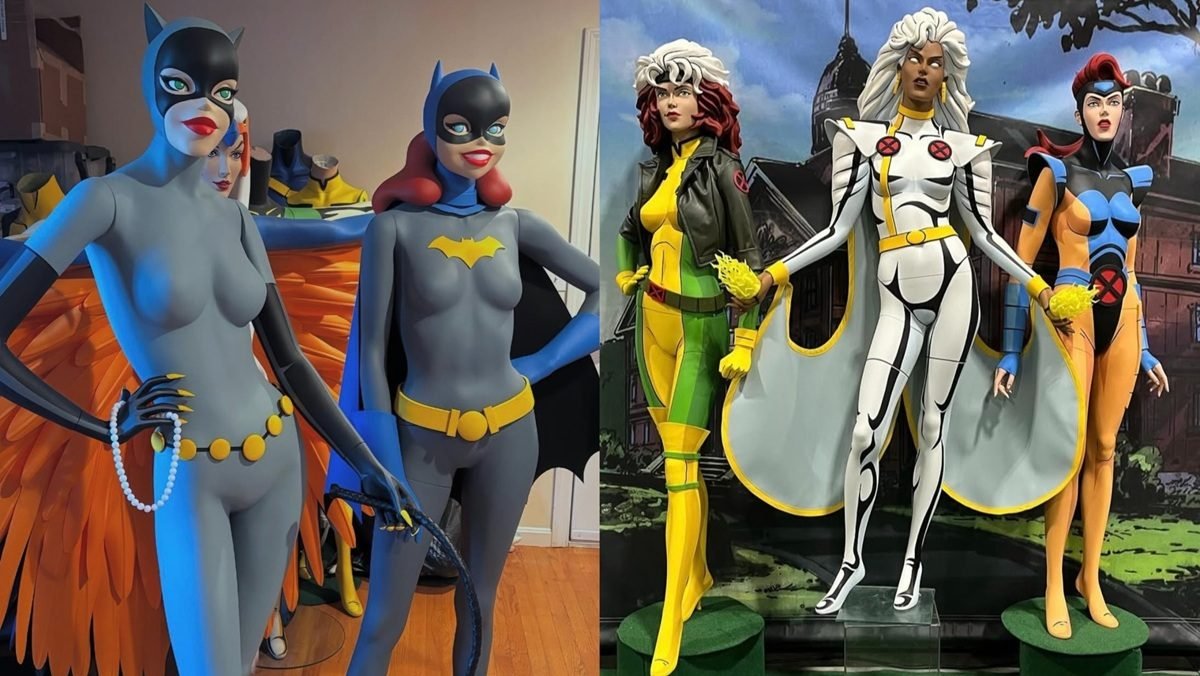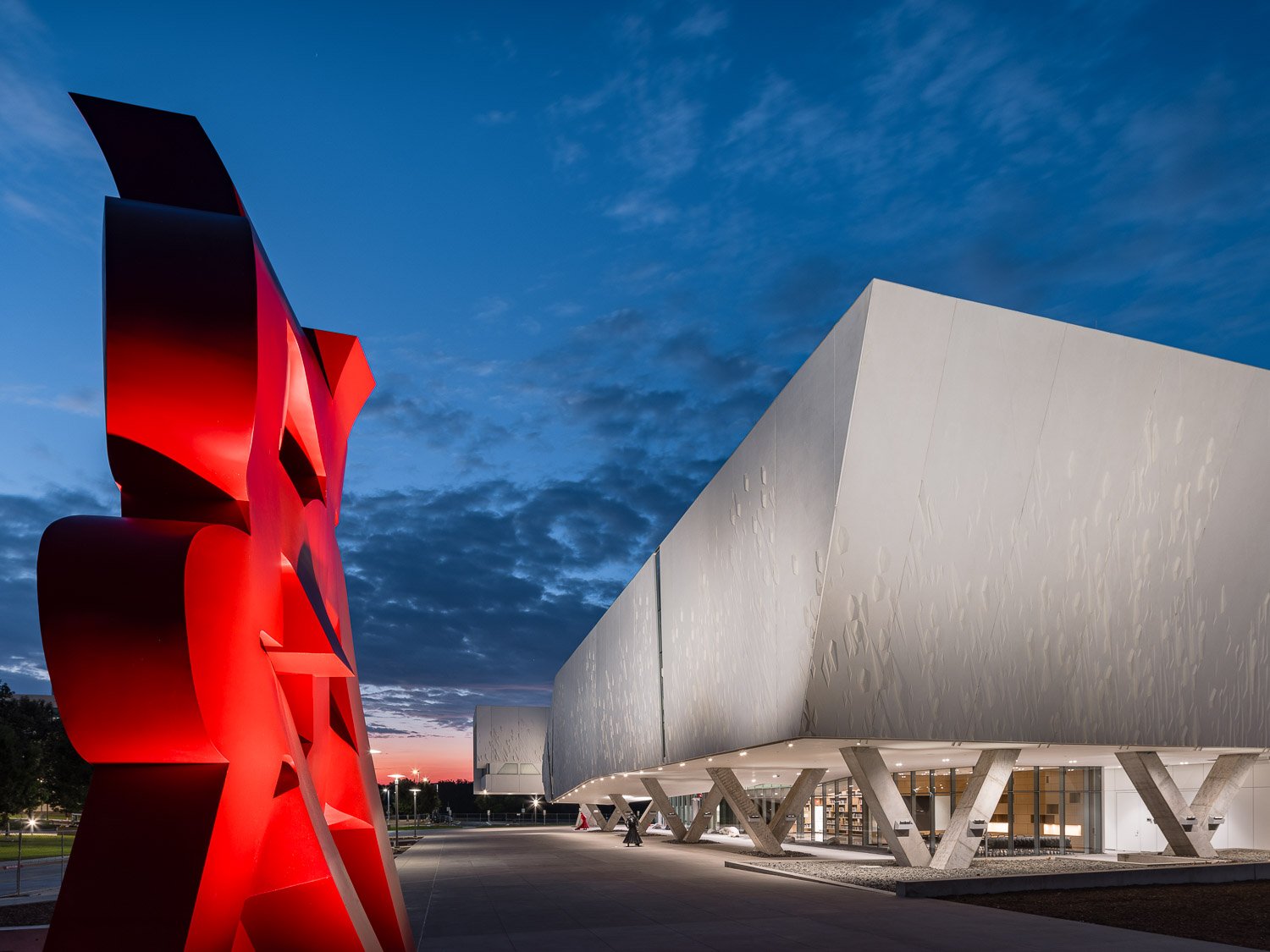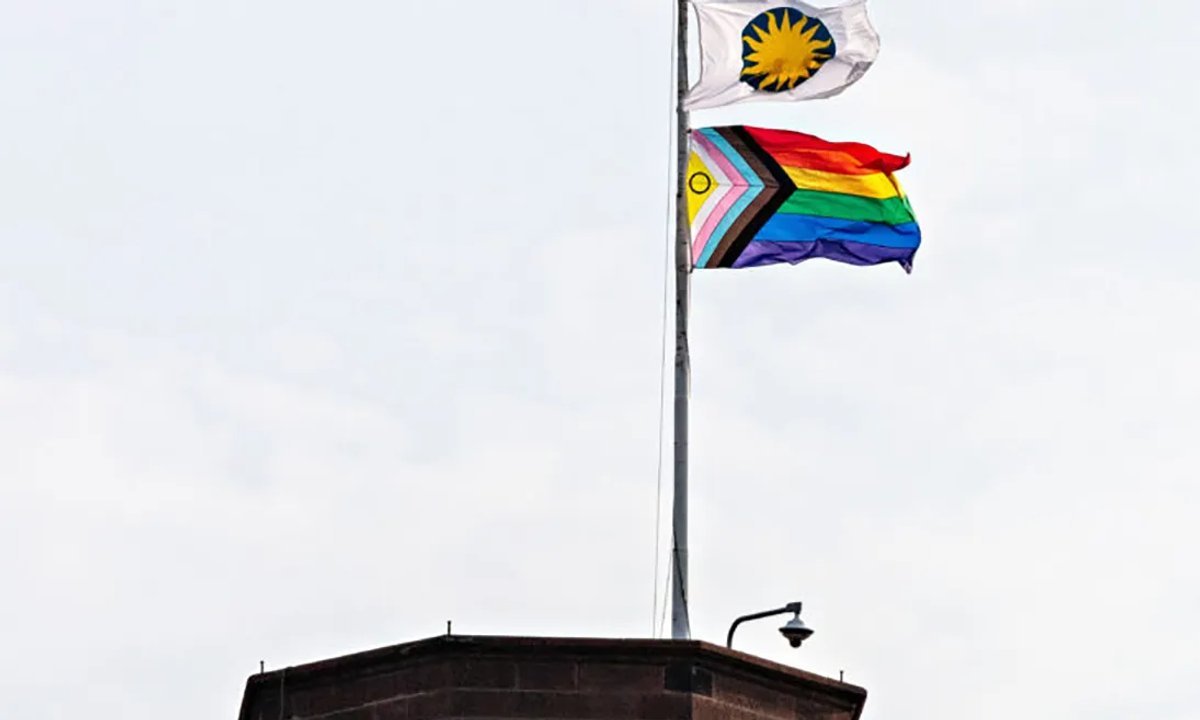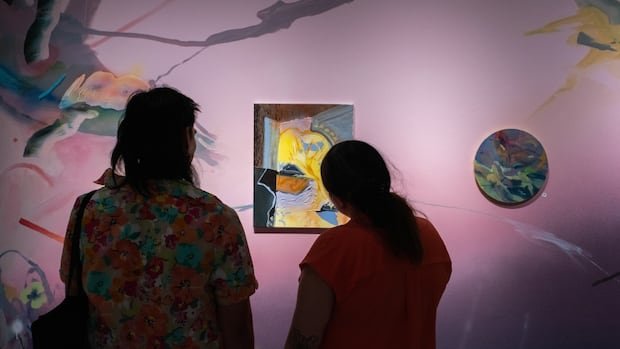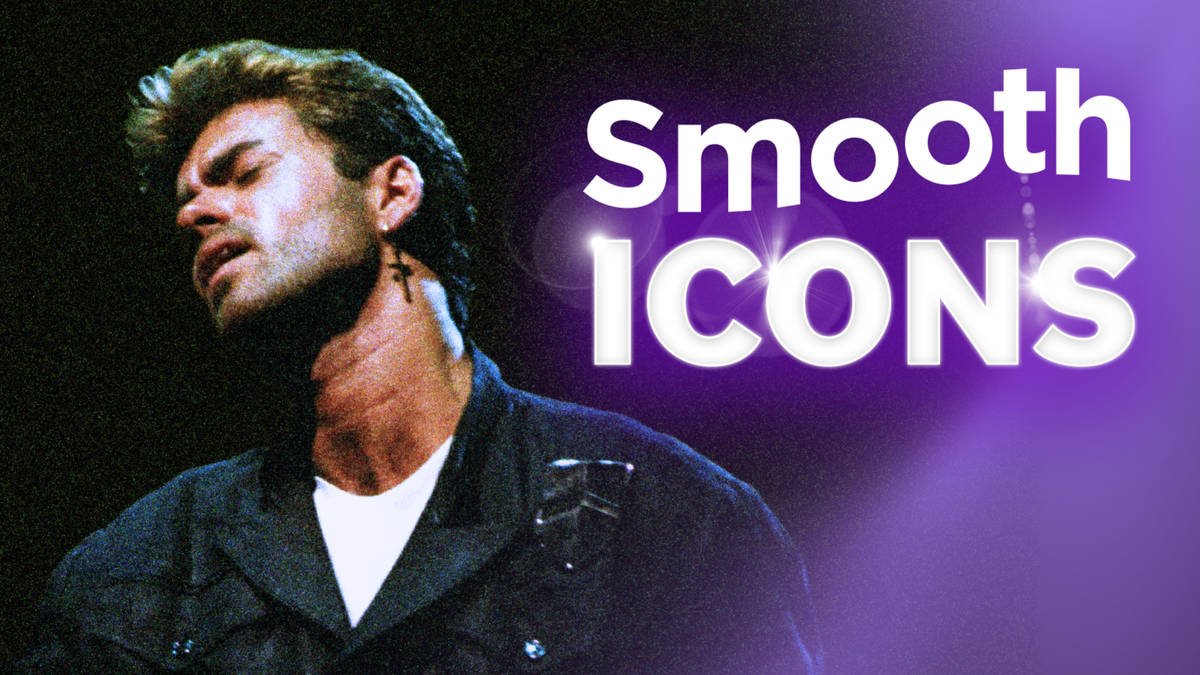Phenh also portrayed artisans playing traditional instruments such as dan nhi (Vietnamese two-chord fiddle), celebrating the richness of folk culture.
Phenh (1895-1972), recognized as one of the three pioneers of modern Vietnamese art alongside painters Le Huy Mien and Nam Son, exhibited his drawing talent early in his teens.
By ages 15-16, his work “Chua Tran Quoc Truoc Khi Mat Troi Lan” (Tran Quoc Pagoda Before Sunset) was featured in a craftsmanship contest in Hanoi. He consistently won first or second place at these events from 1911-1915.
In 1923, Phenh won an art prize from the Khai Tri Tien Duc Association, also known as AFIMA (l’Association pour la Formation Intellectuelle et Morale des Annamites), and was commended by scholar Pham Quynh for his skill in oil painting, then a new medium in Vietnamese art.
After failing his first entrance exam to the Indochina School of Fine Arts in 1925—which shocked the art community in Trang An, now Hanoi—he passed the exam the next year and joined the school with other notable painters like To Ngoc Van and Vu Cao Dam.
Throughout his life, Phenh led a modest existence, dedicated to his art. Post-graduation, he immersed himself in stage art, managed troupes of singers, founded a children’s band, and toured various cities and provinces in Northern Vietnam, including Hanoi, Hai Phong, and Nam Dinh until 1943.
In late 1946, he joined the resistance against French colonialism and moved to Bac Giang in northern Vietnam, where he worked for the Information and Propaganda Department of Zone 10.
Phenh and his family settled back in Hanoi in 1954. He collaborated with Chuong Vang Theatre until 1963.
